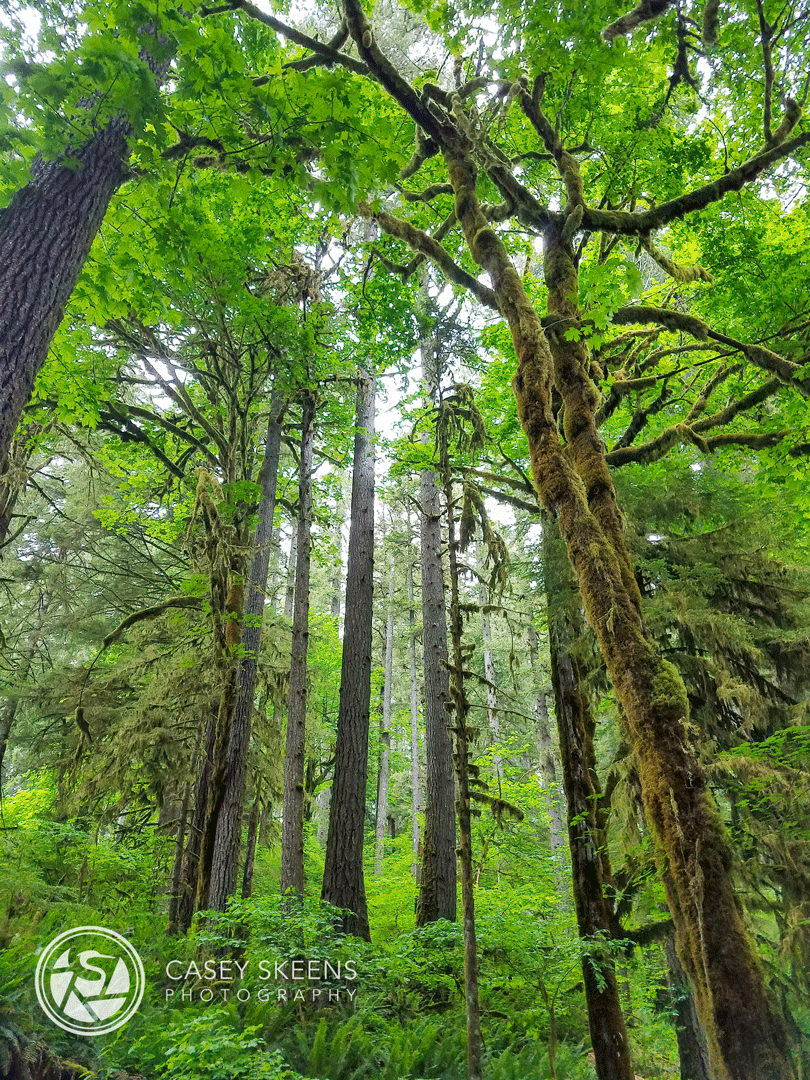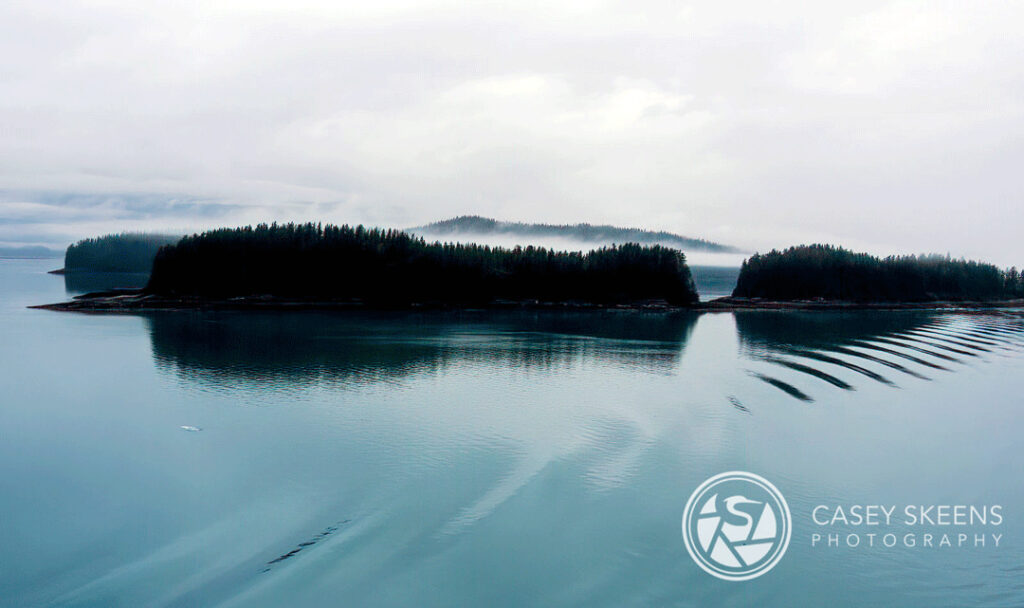
Forest photography is tricky and, for some, might be considered a challenge in their photography journey. Not only is it more difficult than other nature or landscape photography, but you may have to commit to traveling to find a forest that you can shoot in. However, forest photography is still a worthwhile venture.
When it comes to forest landscape photography, if you’re not careful, the very thing that makes trees such great subjects – their sense of scale and the tranquility they impart – can easily be lost when photographed. So, the trick to taking good forest shots is to ensure your images include these features and create a mood for your audience.
There are many aspects to consider when looking for and capturing an intriguing forest scene for your forest landscape photography. If you want to avoid losing the forest’s sense of wonder and magic, there are some basic tips and techniques you can follow. So if you’re up for the challenge, this blog offers important knowledge on the subject, because we know just how rewarding getting that perfect shot can be.
Get Your Gear Ready
Make sure your camera bag is packed with:
- A variety of lenses. The wide-angle lens (to shoot rows and rows of trees), the telephoto lens (for faraway shots), a macro lens (for textured close-ups). Having the different lenses will allow you to experiment with the types of photos you want and then focus on what is working.
- Tripod. You don’t want to find the perfect composition and then have a shaky outcome because you forgot your tripod.
- Polarizer. This will help you capture the rich, deep colors and reduce any possible glare.
- Others to throw in your bag include a remote, extra battery, and an external flash.
Preparation
It’s good to check out the forest before the big shoot day. You’ll want to scout some locations and find interesting composition ideas. And going before you shoot will give you an idea of lighting. Find where the light source will be at the same time of day you plan to shoot and possibly even how the weather may affect the setup. This is especially true if you’re from out of town and have never walked through the forest before.
The Golden Hour
Specific times are better for shooting forest landscape photography, and these times are known as the golden hour. This includes early in the morning (for a misty effect) and late afternoon, about two hours before the sun sets. This time is so great because the sun is at such a low angle, which helps to make soft, muted shadows and highlights of gold wherever it lands. Of course, sunrise often has the bonus of having mist in the mix, offering a mystical mood without trying too hard. However, don’t assume midday is a bad idea for forest photography. The sun directly overhead a canopy of trees will offer gorgeous dappled light too.
Composition Is Everything
In photography, a good composition cannot be emphasized enough, so we’ll add it here too. Find elements in your forest scenes that will help create a great composition. You want to make paths and lines with the tree trunks, mountains, branches, and even the narrow pathways that will lead the viewer to the photo’s subject. Taking shots from the forest floor is also a great way to add some drama to your composition. The low angle will emphasize the height of the trees.
Attention To Details
There is more to a forest than just big trees. If you look at the finer details, you will be surprised at how much subject matter you can find. And this is where your macro lens may come in handy. Are the colorful autumn leaves covering the floor, dewdrops lining the edges of leaves, branches budding with new life? If you’re shooting at dusk or before dawn, is there a singular tree that may make a gorgeous silhouette?
Follow The Light
As you walk through the forest, you should notice that the sun will shine in a new spot with each step you take, highlighting a new element of the subject with each step. So if you walk towards the light, you can get an idea of what will make a good composition. And don’t be scared to veer off the path. Just make sure you know where you are going and how to get back.
Any Weather
The great thing about forest photography is that it works well no matter the weather. Colder, overcast weather can offer drama, and the sunny weather is perfect for experimenting with light and shadows. Both misty weather and snow provide a range of moods and opportunities. Rainfall can be atmospheric. Just put on the right gear for the weather and get out there.
Forest Photography and the Changing Seasons
Choosing when to visit the forest is vital since the trees will look different, and the weather will create a different mood according to each season. A great idea is to visit the forest and photograph it during each season to see how it changes. Again, make sure you do your research, especially if you’re not from the area. You don’t want to drive up expecting the lush, rainy season and find a dry, dull forest.
- Summer is when forests are usually lush and green. This makes for fantastic dazzling colors, and you’re sure to have some bug life swarming around too. Also, if the forest has streams running through it, it should be pretty full at the beginning of summer. And, of course, you will get lovely long and bright days.
- Autumn is all about rich colors. You’ll find dramatically varied colors in leaves on the trees or littering the floor. A bonus during this time is often some fog and mist, which works well with the autumn colors and creates quite a mood.
- Winter trees are pretty barren, but if you can capture them with the addition of snow-covered landscapes, you’ll find your composition brimming with emotion and drama.
- Spring showcases a new life and color burst, from leaves sprouting on previously barren branches to buds popping in color. Look for waterfalls at this time to bring in the different subject matter.
So if you’re ready for your next landscape photography forest challenge and the trees are calling, remember to pack all the gear and follow these simple tips and techniques. You’ll be shooting beautiful landscape photography and forest images in no time.


Leave a Reply